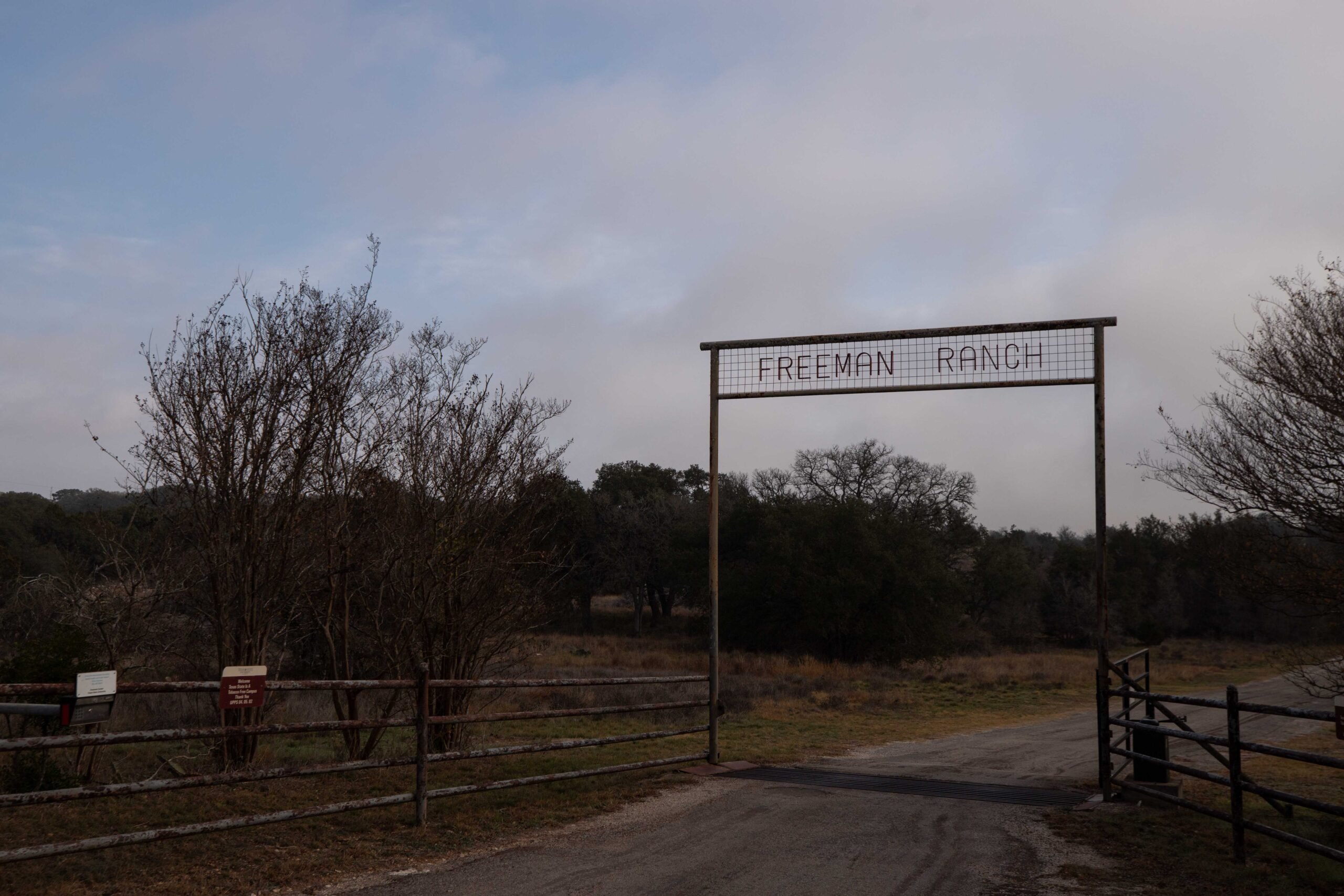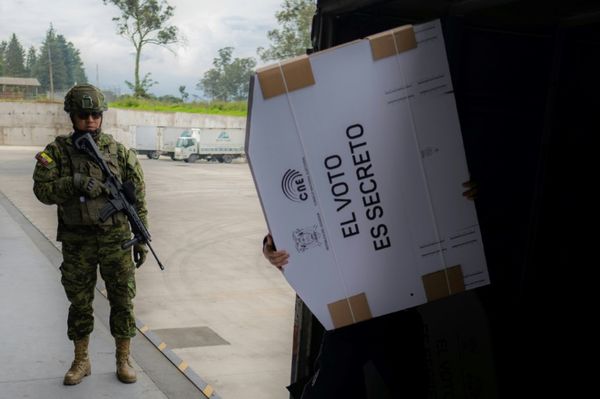The mysterious woman was lying on a high grassy ridge that offered a sweeping vista, but her eyes were closed. At first, she seemed asleep in her cage, her hair still carefully coiffed, toenails painted red. She could not see the panorama of the plains and river valleys falling away beyond the eastern edge of the Balcones Escarpment.
Without ever talking to her, I already knew her as a generous soul and a person with a strong commitment to science, like other inhabitants of this section of the Freeman Ranch outside San Marcos. Hers is one of about 60 or 70 bodies, some out in the open, some buried underground and others out in cages, at Texas State University’s Forensic Anthropology Research Facility, a unique 26-acre outdoor laboratory better known as the “Body Ranch.”
On this misty January morning, visiting homicide detectives, crime scene investigators, and an intrepid high school teacher divided themselves into teams, all guided by Texas State’s forensic anthropologists-in-training. They were all here to learn from the dead.
This particular week-long course attracted participants from across Texas and from states like California and New Mexico that lack their own so-called body farms.
Today’s mission: to find scattered bones and hidden graves in these rocky, rolling hills.
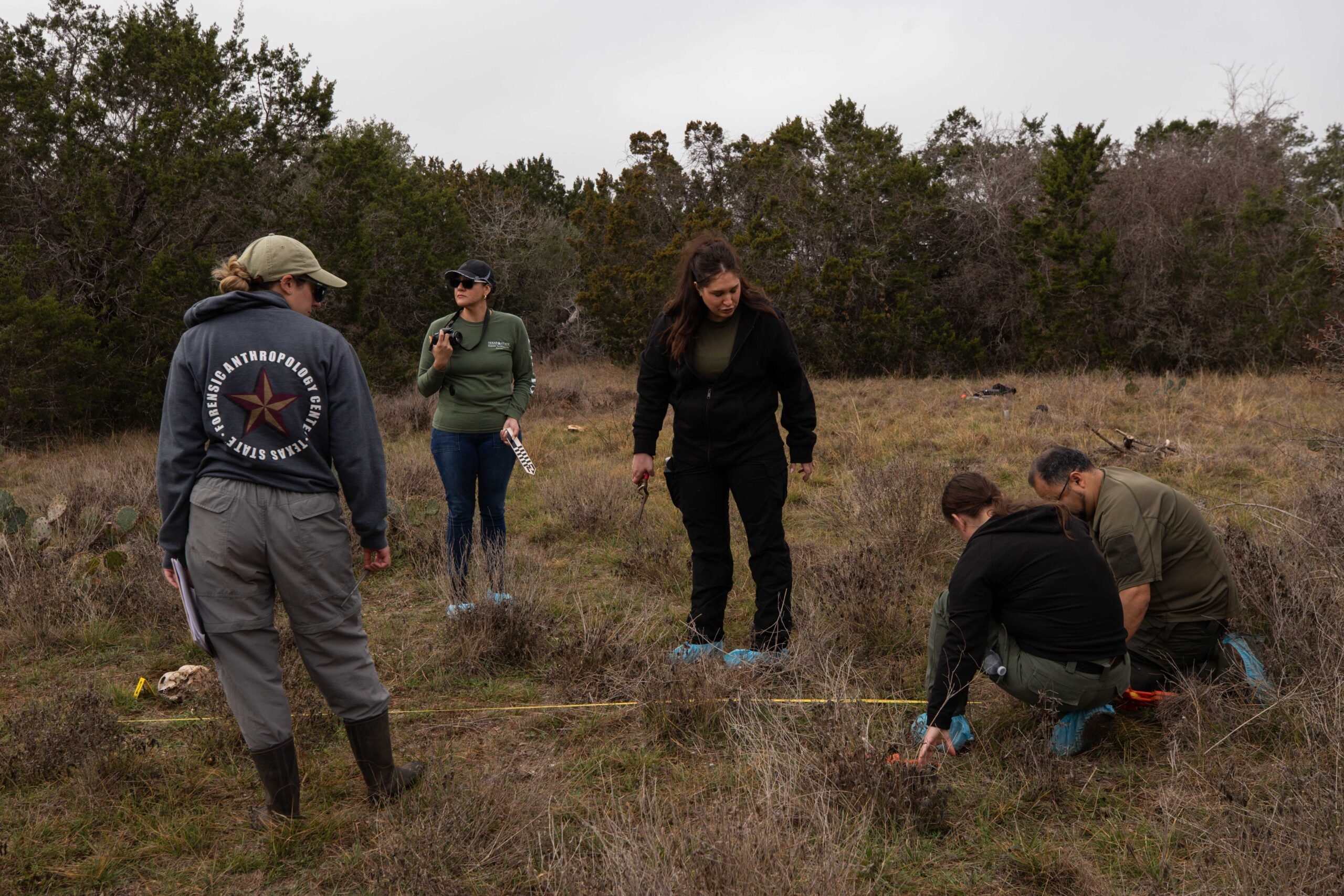
At 9 a.m., each group was assigned to scout out, map, and measure scattered bones on patches of pasture dotted with rocks and prickly pear, a challenging task that gives new meaning to the term “scavenger hunt.” Five participants soon formed a line as instructed by their leader, Emilie Wiedenmeyer, one of the student guides, and shuffled slowly forward together,” scanning the ground for clues.
Then Kathrine Lopez, a high school teacher from Round Rock Independent School District, asked to break rank. She’d spotted something under a tree’s thick branches, possibly a bone dragged there by an animal.
“Go for it,” Wiedenmeyer said, “Just be careful not to step on anything.”
Lopez dove under the branches, unconcerned about the potentially high pollen count associated with this Texas ash juniper, source of the state’s infamous cedar fever, to find only a whitened bit of bark.
She returned to assist others already preparing to mark their finds by poking multi-colored flags between blades of grass. These visitors seem intensely focused during this vivid simulation of outdoor body recovery scenes. Most know from professional experience that bodies decay and quickly turn to bone, and that bones then get scattered or carted away, sometimes by vultures, raccoons, coyotes, or passing pets.
The forensic anthropology students also conduct experiments here on the process of decomposition—collecting scientific data that can help solve homicide cases or restore the identities of victims in real crime scenes. One Texas State graduate student discovered through video taken as part of her research that some deer lick bones for their mineral content, leading to a viral story about “Carnivorous Bambi.” Another found that black vultures reduce bodies to bones by stripping away flesh and organs much faster than previously imagined.
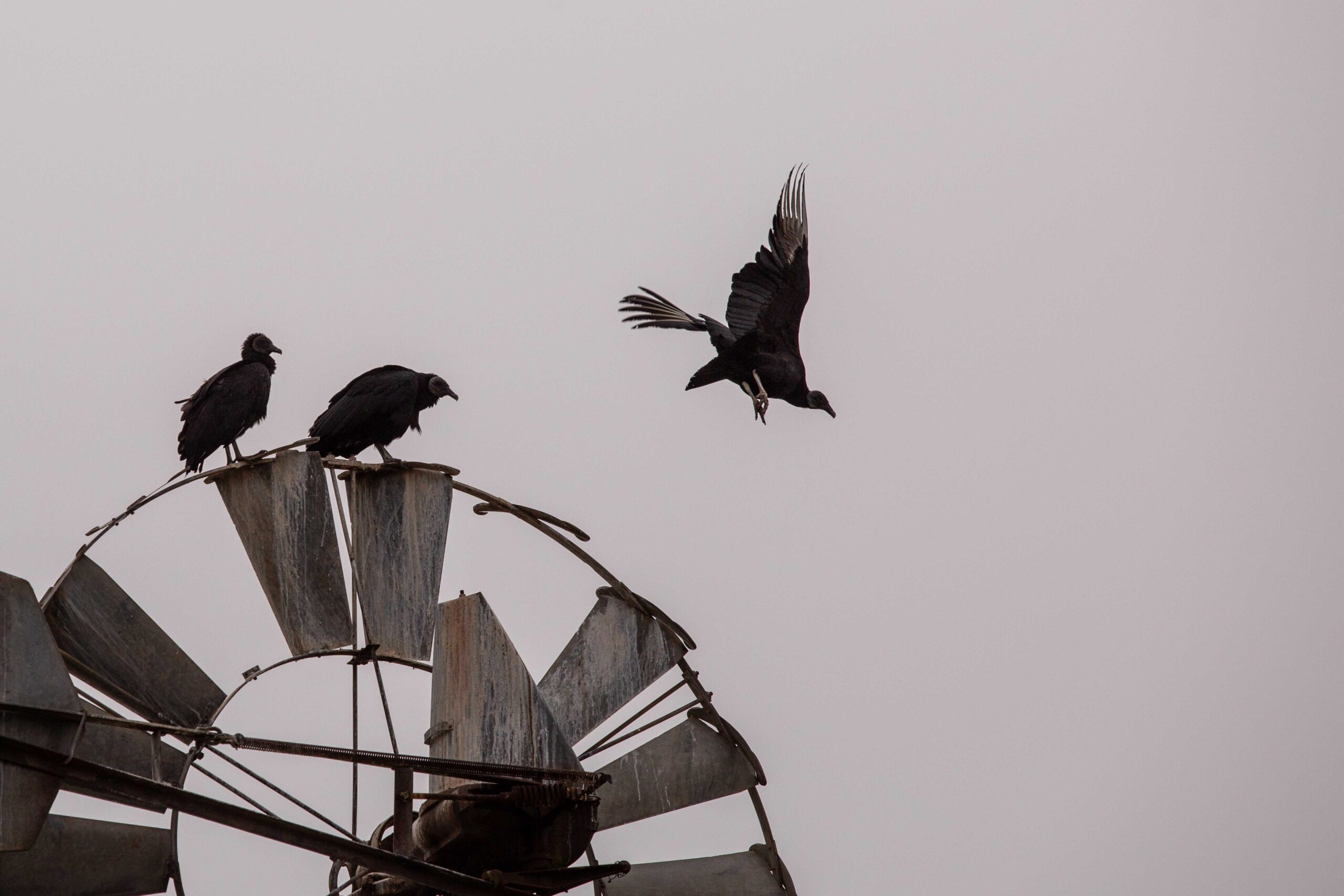
Still others study the progress of insects that invade the bodies inside wire cages: flies and maggots, yes, but “buzzing bees, grasshoppers, and butterflies will come and get a protein meal,” said Danny Westcott, the facility’s bearded and soft-spoken director. (The bodies are in those cages to ward off larger scavenging animals.)
Westcott, 58, is a native Kansan who first got involved in anthropology to study Native Americans and U.S. history and prehistory. On the wall of his office back in San Marcos, he keeps a cartoon of himself depicted as a skeleton that dates to a period he spent at the Smithsonian in Washington, D.C. Later, as a grad student, he studied at the world’s first “body farm” at the University of Tennessee and got sucked into forensics.
He came to Texas State a decade ago to lead this unique place. The Body Ranch is one of two such facilities in the state and the only one connected to a forensic anthropology program.
In a short time, students and even visitors see more bodies than many forensic investigators encounter in years, Westcott said. This is one of at least seven so-called body farms in the United States—and the largest in terms of acreage. Nearly all of the research here is rapidly applied. It’s intended to help find murdered and missing persons, identify bodies, and provide clues to help solve real cases. Scattered around the ranch are metal storage pods used to simulate hotel room deaths and a line of metal chassis and car seats that have been filled with bodies and then set aflame to simulate highway accidents. The university recently received a $1 million grant to study deaths and decomposition specifically of obese accident victims to help improve fire investigations.
The difference between the corpses at the Body Ranch and those found at real-life crime scenes is that most of these donors died natural deaths.
Up on the ridge, the red-haired woman lying in the cage appears at peace; her skin was pale under the winter sun. But by the afternoon, the mist had burned off, the sun was blazing, and flies were beginning to visit, buzzing around her face and exploring the inside of one nostril. She did not move, but these insects were already beginning to transform her body.
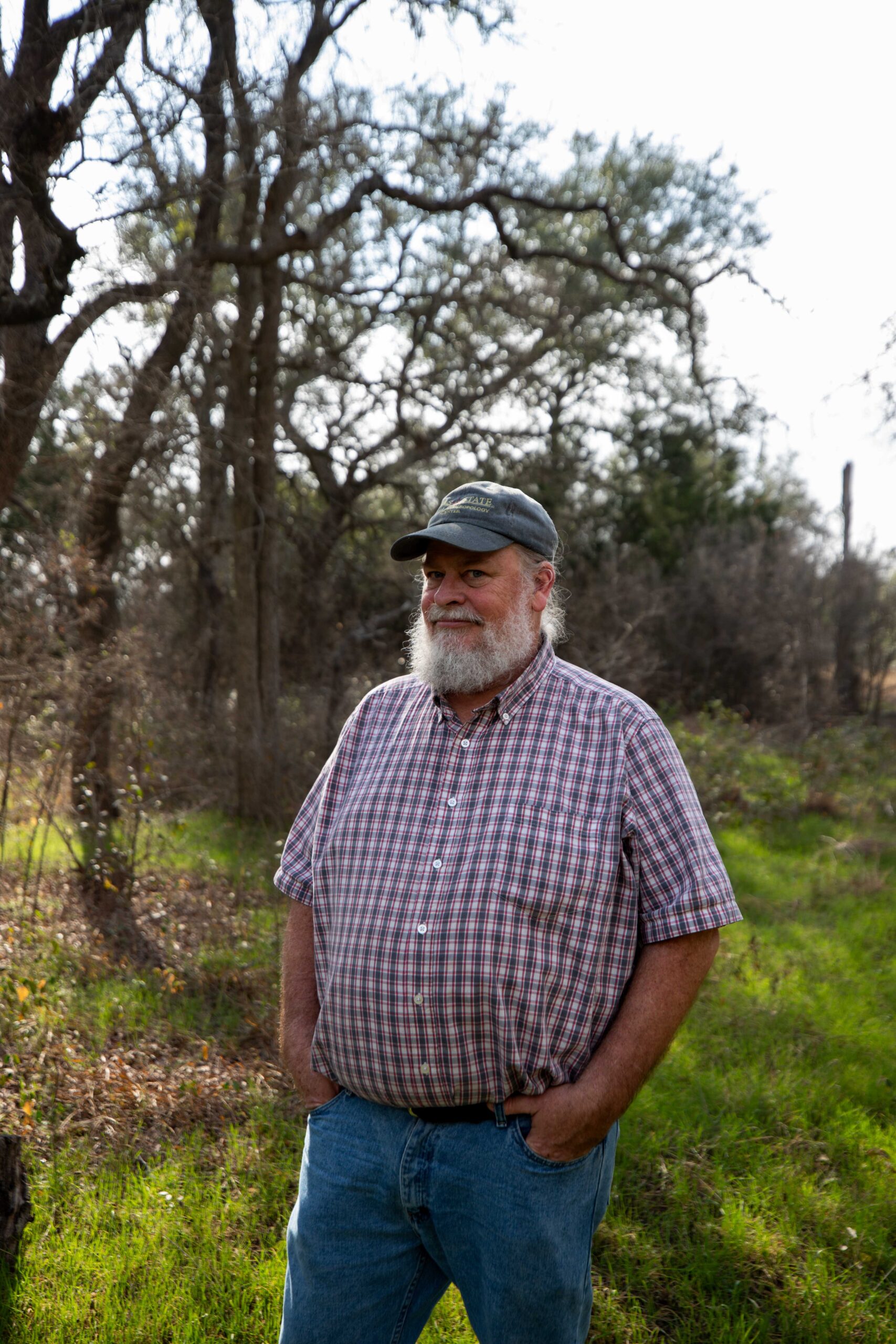
At 35, she’s one of the younger residents. Her death was sudden. Most donors to the Body Ranch are both older and whiter than U.S. crime victims. The average age is about 67, only nine years older than Wescott himself.
Westcott has decided that he too wants to be a permanent part of this place. He’s picked out a grassy clearing frequented by deer but less accessible to vultures. “When I die, this is where I want to go,” he said, standing in a mini-meadow ringed by live oaks. It’s a spot where other bodies have been buried and exhumed as part of experiments and training. He figures this as the best place for him to keep participating, even after his own time comes. “I want to be put in the collection.”
For him and other donors, it’s a scientifically attractive, more eco-friendly, and far less expensive option than the usual U.S. funeral rituals. Already about 850 dead people have participated; 1,500 more living donors are preregistered.
None of the Body Ranch donors, from a few infants to a woman of 107, ever leave. After a stay on the ranch, their bones are retrieved, carefully cataloged and stored in the forensic anthropology department’s growing skeletal archive. In a lab elsewhere on the ranch, Texas State students separately store and study bones, clothing, and personal effects of immigrants whose bodies were found near the border in Texas; these they help identify and, with luck, eventually return to families.
By afternoon, investigators visiting for the January workshop again divided into teams, this time to practice searching for clandestine burials.
Just below the hill where the red-haired woman reposed in her cage, members of one group began passing around a long stick called a probe and tapping the ground to locate looser soil. Soon, they found a likely spot. They poked their plastic flags into the ground to mark the outlines of what seems to be a bathtub-shaped grave. Then they dove in with shovels, but the rocky ground was harder than it seemed.
“Think of all the movies on Indiana Jones where they used whisk brooms. This is a workout!” said one Austin cold case detective (who asked not to be identified because, in her work, she sometimes receives threats).
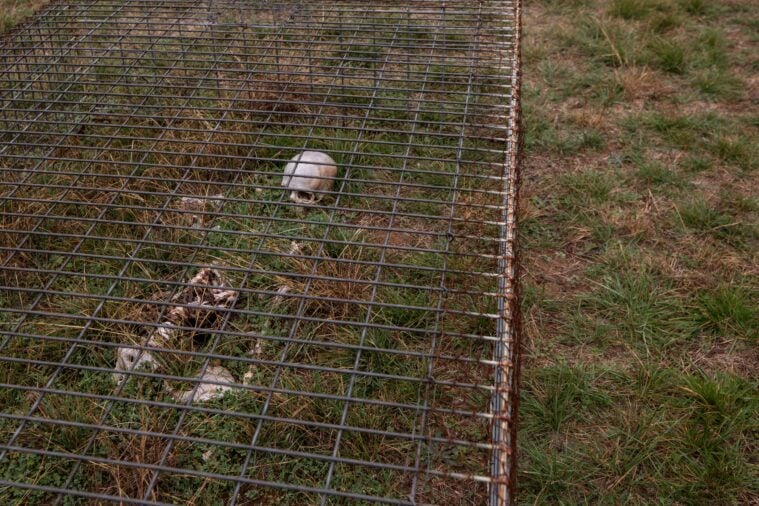
Almost simultaneously, the second team found a shallower grave only a few feet away, exclaiming and taking photos as they unearthed a single long bone and a clump of human hair.
Meanwhile, the third group had discovered another grave among the rest. They put down flags, but their hole seemed small and oddly shaped. They leaned over to dig with spades. After spotting the first bones only a few inches down, two members of the group switched to hand trowels and others fed extra dirt through a sieve.
Slowly, they discovered a full skeleton, a figure hunched over in death.
Serina Nelson, a crime scene investigator from Carlsbad, New Mexico, held up her trowel and bent to contemplate the skeletal form cradled in this grave without touching it. Nelson lifted her head, her dark curly hair flying in the January afternoon’s surprisingly high humidity, and studied those bones. Then she crouched down to assume the corpse’s final posture.
Many of the ranch residents will remain for months or years, but soon Nelson from New Mexico, cold-case homicide detectives from Austin, and supervisors of forensic investigators from California will return home to use these lessons on real crime scenes. “The hands-on, it’s just been so helpful,” Nelson said.
There’s the way the small bone of a toe or a rib can seem like a stone when coated with caliche clay. The way a body, as part of the normal process of decomposition, can involuntarily hurl out its arms after a body decomposes, bloats, and then the bloating subsides.
And the way a small group of men and women, armed only with rubber gloves, shovels, and a pole, can find a hidden grave with its sunken outlines, gentle humps, and markedly green grass. “Plants love decomposition; it’s sort of like fertilizer,” Wiedenmeyer tells her group as they huddle around their find.
Drones that overfly these grounds for other experiments confirm: The grass is always greener at the Body Ranch.
